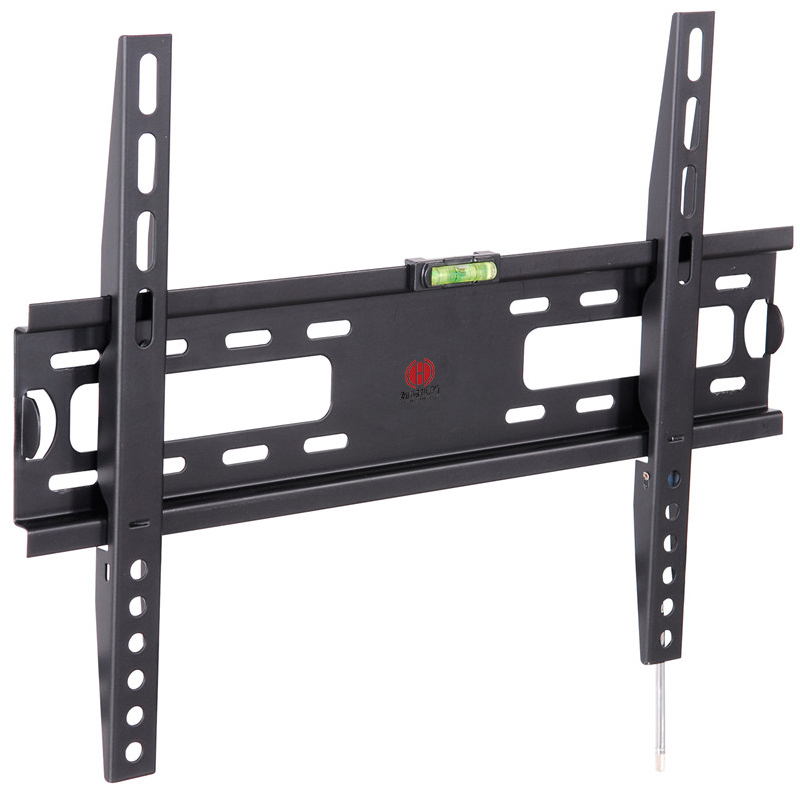
When laying a TV down flat, lay it screen-side down on a large flat surface that's covered with a clean, soft blanket or carpet. Try not to lean one way or the other, because the thinnest TVs can actually bend under their own weight enough to damage the display. This is the ideal position for the TV, because the chassis bears all of the weight and pressure. Lift from the bottom of the set, supporting it at the side or top corners to keep the TV upright, in the same position it would be in normal use. To properly lift and carry a TV, you want to let the TV chassis do the work of supporting the display. (Again, take it from a guy who has broken a few TVs over the years.) Even a little bit of unwanted flexing or pressure on a panel can damage a TV beyond repair.

A large sheet of glass or plastic will naturally have some flex to it, but the underlying display technology usually doesn't. When handling a TV, you'll want to take extra care to protect the display panel. Mounting a broken TV will take all the fun out of it. Even if the weight is manageable for a single person to lift, the size and shape of the TV make it unwieldy, and care has to be taken to prevent damaging the display.

While smaller TVs can be handled by a single person, anything over 50 inches should be moved and lifted by two people. Take it from a guy who has personally unboxed and set up dozens and dozens of TVs – you need someone else to help you out.

You'll need an extra pair of hands to help lift and position the TV, and perhaps a second person to assist in getting the position just right. You'll also want at least one other person to help. Included mounting hardware (screws, spacers, etc.).


 0 kommentar(er)
0 kommentar(er)
